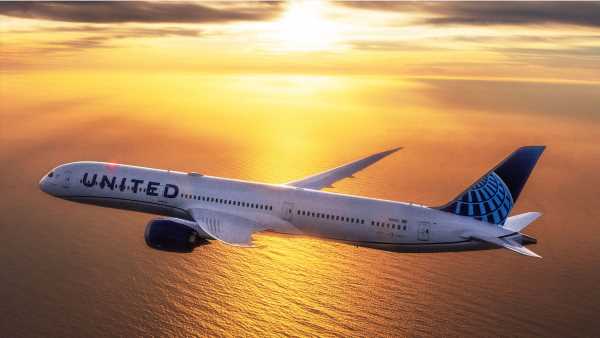
A domestic travel environment relatively free of Covid-related restrictions has sapped much of the pent-up demand that existed last spring and sent airfares flying.
But for some international markets, airlines likely can still look forward to a winter, spring and summer in which they will benefit from demand driven by the lingering aftereffects of travel regulations and outright bans during the pandemic.
“I think there is some pent-up demand. Definitely going into Asia,” said Bloomberg Intelligence aviation industry analyst George Ferguson.
Indeed, as the region of the world that locked down the hardest during the Covid-19 pandemic and opened the latest, Asia-Pacific is where airlines could enjoy the most outsized revenue improvements in 2023.
During the second quarter of last year, the three global U.S. carriers — United, Delta and American — offered just 811,000 combined seats to Asia. And in the normally busy summer quarter they offered 1.1 million seats. But schedules for the second quarter of next year show an offering of 3.2 million seats, according to Cirium data. That’s 98.9% of what they flew in the pre-Covid spring of 2019, even though China remains largely closed.
Numbers tell a similar story for service to Australia and New Zealand, where United, the main U.S. player to the region, is planning to offer more than twice as many seats during this coming spring quarter than it did either last spring or last summer.
Driving the adjustments are the relatively recent reopenings of several key markets. Japan, most notably, only reopened to independent foreign travelers in October. South Korea dropped its final testing requirements in September. Singapore resumed quarantine-free travel for unvaccinated travelers in late August. Australia didn’t fully open to unvaccinated travelers until July.
During the second half of this year, the combination of pent-up demand and a lack of flights has driven high airfares to the Pacific region. United reported that third-quarter ticket yields (defined as the per mile cost of airfare) to the Pacific region exceeded 2019 yields by 43.5%, which was more than double its yield improvements on domestic flights or flights to any other international region.
Hopper economist Hayley Berg said she has been observing consistently surging growth in travel demand for the Asia-Pacific region.
Cities like Tokyo, Bangkok and Manila, Philippines, are particularly popular destinations at present, with most travelers from the U.S. making lengthy visits of 14 to 28 days, she said.
Among the U.S. carriers, United is the best positioned to take advantage of the pent-up Asia and Asia-Pacific travel demand. The carrier has more than 1.75 million seats scheduled to Asia, Australia and New Zealand in first half of 2023, compared with 719,000 seats scheduled by Delta and American’s 403,000 seats, Cirium data shows.
Pacific exposure is one factor that led Cowen Research investment analyst Helane Becker to declare United her best airline bet for 2023 in a Dec. 1 analysis.
“United has the greatest exposure to the ongoing recovery in higher-margin international travel among U.S. airlines,” she wrote.
United also stands to benefit strongly from remaining pent-up demand to Europe, having grown during the pandemic to be on more-or-less level terms with Delta as the largest U.S. carrier in terms of European seat capacity.
While European countries generally eased travel restrictions earlier this year than major Asian counterparts, the moves often came after many leisure travelers had begun cementing plans for 2022 summer travel. Another headwind for 2022 European travel was U.S. re-entry requirements, which included Covid testing until mid-June.
Airlines, noted Berg, are expecting a big year for transatlantic travel in 2023, though she believes the demand goes beyond the pent-up variety. The strong dollar is fueling what Berg believes is a longer-term demand increase for U.S.-to-Europe travel.
Airlines have responded by upping European capacity plans. For the second quarter, the Big Three U.S. carriers plus JetBlue are scheduled to fly 5 million seats to Europe, up from 4.2 million this past spring.
Delta plans to add the most seats relative to 2022 during the second quarter, with a growth of 406,000 according to current schedules. United plans to add 265,000 seats.
Source: Read Full Article









